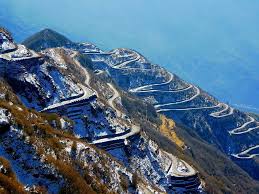
North East part of India is collectively referred to as the Seven Sisters of India that is the combination of seven states–Arunachal Pradesh, Assam, Manipur, Tripura, Nagaland, Meghalaya and Mizoram. After the addition of Sikkim as an Eighth state in 1975, North East India became richer. The North Eastern Part of India is also described as “Mini India” because of residing people belonging to many different religions and faiths. There are about 220 languages spoken in the eight states. On the top, the wonderland is famous for its land of biodiversity as well as for its unique culture. There’re many less known facts of North East India which can give you the valid reason why you must visit the wonderland before you die.

Nowadays, Noise pollution has been a serious problem in cities and it is also confirmed that majority of urban population suffers from 20dB hearing loss beacuse of noise pollution. As we know Honking is the main source of noise pollution. One of the worst things about being stuck in traffic is the blowing horns that is apparantly not going to stop. Conversely, there is one fine city in India which has taken intitiative and has done away with such an unnecessary honking. Aizawl, capital and city of the state Mizoram in India has become the first Indian city to adopt a No-Honking policy.
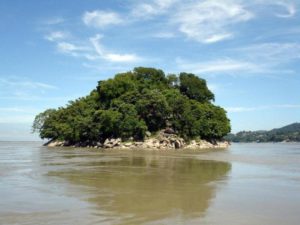
The world’s largest river island, the Majuli is in Assam. Travelers can see the breathtaking views of the mighty river, coupled with lush green forests. The island covers an area of 352 square kilometres, is in the Brahmaputra river. On the top, the world’s smallest river island, Umananda is also in the same state Assam. The island is also referred to as ‘Peacock Island’.
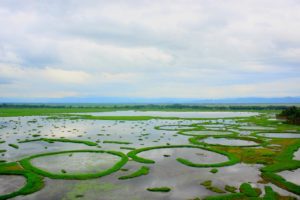
Manipur, one of the NE states holds pride in having the one and only floating park across the globe, The Keibul Lamjao National Park. In addition to this, Loktak Lake , one and only Fresh Water Lake available on this earth is also a mirror of the state. The floating lake is a natural wonder to behold and it invites thousands of tourists to the state every year. The jaw-dropping Lake is in Bishnupur district, just a distance of around 53km from Imphal city. What makes the lake unique are the masses of vegetation flowing in it. These masses of round-shaped floating swamps, called Phumdis in the local language are so thick that they are like islands. One more thing that can’t take your eyes off is the unique and famous flower called ‘Shirui or Siroi Lily’ found in Shirui Kashung in Ukhrul district. The irrefutable thing is the flower is found exclusively in the upper reaches of the Shirui hill ranges. The Shirui hill is just at a distance of 97 km from heart of Imphal city and around 18 km from Ukhrul town.
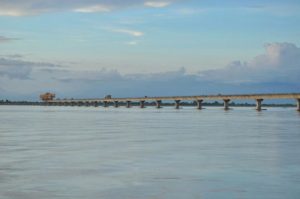
Bhupen Hazarika Setu also known as The Dhola–Sadiya Bridge is the longest bridge (9.15 kilometres in length) in India. It is the first road connection between the northern Assam and eastern Arunachal Pradesh.
Sikkim has become the first Indian state to become a fully organic state. The least populous and second smallest state of India has gifted a shining jewel in India’s crown. Here, you can experience hands-on organic farming and locals will welcome you with their open arms.
For Tour related query/packages, you can Click “Enquire Now” which is shown below:
Since early 16th century till the early 18th century, Mughal emperors had ruled the Indian subcontinent. There’s only a part of India where Mughals could not occupy during their reign is North East India.
Ahom Dynasty had ruled the entire Northeast for around 600 years and it is the longest unbroken dynasty in the entire history of India.
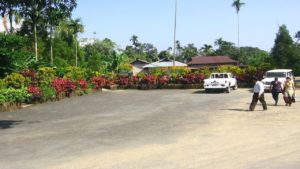
The cleanest village in Asia and the wettest region in the World are in the state of Meghalaya in Northeast India. Mawlynnong village in Meghalaya attracts global fame for being the cleanest village in Asia and Mawsynram village is the world’s wettest place with an average rainfall of about 12000 millimetres. Meghalaya is also the only place in the world where you can find living root tree bridges which are formed by the aerial roots of the Rubber fig tree.
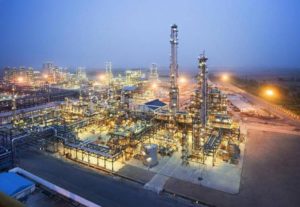
The one-horn rhino, also known as the Indian rhinoceros is exclusively found in Assam. The state also holds pride in having the oldest advanced oil refinery in the world called Digboi oil refinery which is in Tinsukia district of Assam.

As per 2011 census, Arunachal Pradesh has the lowest population density in India with just 17 people per square km. The largest state in the Northeast India is known as “The land of the Rising Sun”. The state experiences the first golden rays of the rising sun because it lies in the country’s extreme east. It is home to the popular Tawang Monastery that is India’s largest and the world’s second-largest Buddhist Monastery.

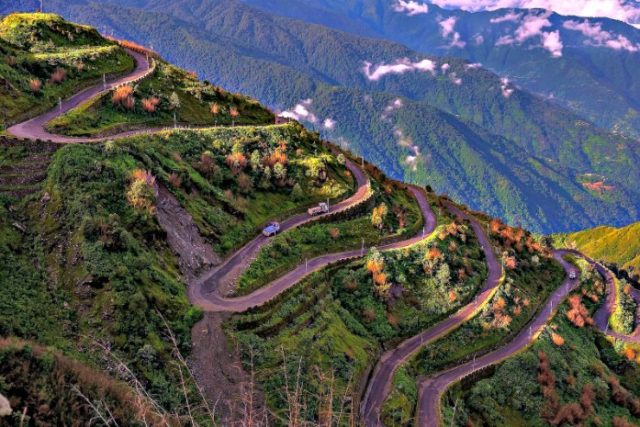

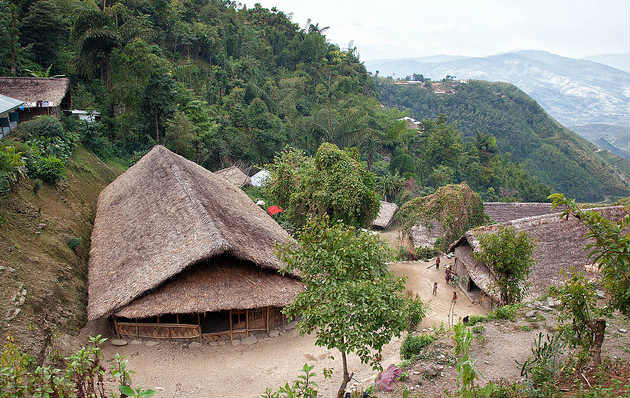
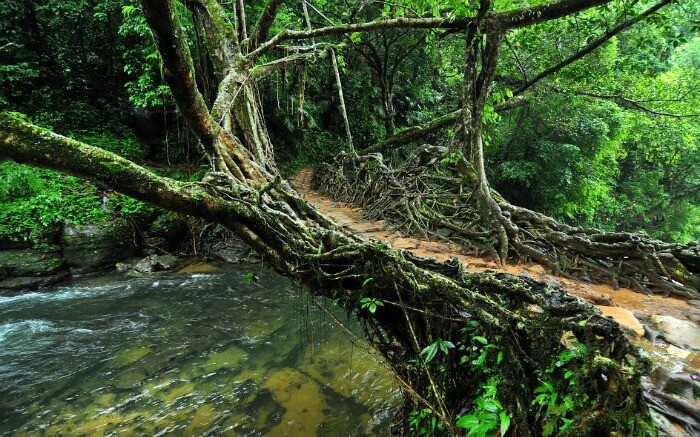
MOST COMMENTED
LESS KNOWN FACTS
Kongthong also called Whistling Village in Meghalaya nominated as ‘Best Tourism Village’
DESTINATIONS
Top Most Beautiful Lush Green Parks and Gardens Of Manipur
DESTINATIONS
Top Tourist Attractions You Must Visit In Manipur
DESTINATIONS
Amazing Tourist Places You Must Visit In Sikkim
DESTINATIONS
Manipur To Celebrate Shirui Lily Festival From Oct 16 To 19, 2019
LESS KNOWN FACTS
Ziona Chana-Head of the World’s Largest Family in Mizoram, with 39 Wives, Dies (Updated)
LESS KNOWN FACTS
Important and Interesting Facts of Arunachal Pradesh